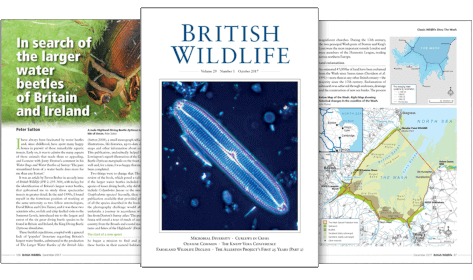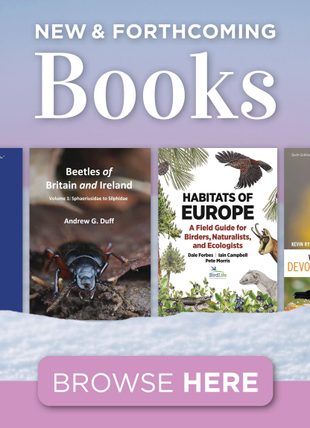![History of Cenozoic Mammals from South America History of Cenozoic Mammals from South America]()
Click to have a closer look
About this book
Contents
Customer reviews
Biography
Related titles
About this book
The Cenozoic history of South America's fauna mainly rests on the evidence yielded by the study of fossilised mammals. Following on from the work of William D. Matthew, George G. Simpson coined the term "Splendid Isolation" to describe the evolutionary history of South American fauna. He envisaged South America (as well as other Southern Hemisphere landmasses) as dead ends in the evolution and geographical expansion of animals and plants that, since the Mesozoic, have come in successive migratory waves from the North.
More than 40 years have passed since that last important contribution by Simpson (1980). Since then, in spite of an exponential increase in biological, palaeontological and geological knowledge, and increasing fossil evidence, his proposal has remained almost unchallenged, with many recent books regarding the palaeobiogeography of South American vertebrates continuing this outlook, nearly without criticism. However, the fact that South America was joined to Africa, Australia, Antarctica and India during most of the Cretaceous, and that it was still connected Australia (via Antarctica) and probably Africa up to the Paleogene, together with the large number of shared biotic components between these landmasses, point in favour of a different paleobiogeographical scenario.
The book aims to demonstrate that during the Paleogene (and most of the Neogene), the nature and evolutionary history of South American vertebrates is much more intricate than previously envisaged. As will be shown, new evidence suggests that southern landmasses may have played an important role in the early evolution and radiation of extant mammal clades.
This book aims to examine and criticise the current Palaeobiogeographic Model of Vertebrate Settlement of South America, and to propose a new vision based on the evidence provided by the natural world in the last decades.
Contents
- Introduction
- Brief History of South American Biogeography
- Short summary on main Cenozoic Fossiliferous Localities and South American Land Mammal Ages
- Major clades of South American Mammals
- Splendid Isolation Revisited: The Entente Cordiale Model.
Customer Reviews
Biography
Federico Agnolin is a researcher at CONICET in Argentina and a Doctorate in Natural Sciences. Federico Agnolin is currently working on diverse topics about fossil vertebrates, particularly dinosaurs and Paleogene faunas from South America. Particularly, he is interested in the palaeobiogeographical relationships of the latest Cretaceous-Paleogene faunas from South America with those of other continents. In this regard, he has published several works in high-impact journals (as Nature, Scientific Reports, Naturwissenchaften, Journal of Vertebrate Palaeontology, Systematic Biology, Journal of Mammalian Evolution, Cretaceous Research, etc) that deal with the geographic distribution of South American vertebrates.















































